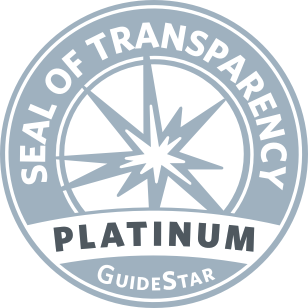Adverum Advancing Wet AMD Gene Therapy into Phase 3 Clinical Trials
Research News
In earlier clinical trials, the emerging gene therapy greatly reduced the treatment burden associated with injections of approved anti-VEGF therapies.
Adverum, a company developing gene therapies for ocular diseases, is launching a Phase 3 program for Ixo-vec, its investigational gene therapy for wet age-related macular degeneration (AMD). The program will consist of two clinical trials: ARTEMIS which will enroll approximately 284 patients in the US, and another trial (name yet to be disclosed) which will enroll a similar number of patients in the US, Canada, Europe, Latin America, and the Asia Pacific. The company is working toward launching its Phase 3 program in the first half of 2025. The plans for the Phase 3 program come after favorable results were reported for Ixo-vec in two clinical trials, a Phase 1 clinical trial, OPTIC, and a Phase 2 clinical trial, LUNA.
Ixo-vec is a one-time treatment injected into the vitreous (soft gel) of the middle of the affected eye. Intravitreal injections are a routinely performed procedure in a doctor’s office. As an anti-VEGF gene therapy, Ixo-vec is designed to block proteins called vascular endothelial growth factors (VEGFs) which lead to the growth of unhealthy, leaky blood vessels and subsequent retinal cell death and central vision loss. A single injection of Ixo-vec is expected to last many years, perhaps the lifetime of the patient.
While several anti-VEGF therapies are approved by regulators and widely used, they need to be injected intravitreally on a regular basis (e.g., every one to three months) in a doctor’s office for the life of the patient. The goal of Ixo-vec is to reduce the treatment burden associated with those regular injections.
In the 52-week, 60-patient, LUNA clinical trial, patients were randomly assigned to a high dose or low dose group. Rescue injections with aflibercept (an FDA-approved anti-VEGF therapy) were administered if wet AMD disease worsened.
At one year in LUNA, Ixo-vec reduced the treatment burden (the number of rescue injections) by 88 percent for patients receiving the low dose with 54 percent of patients not needing any rescue injections. For LUNA patients receiving the high dose of Ixo-vec, the treatment burden was reduced by 92 percent with 69 percent not receiving any rescue injections.
In the four-year, 30-patient (initial enrollment), OPTIC clinical trial, treatment burden was reduced by 86 percent with nearly 50 percent of patients not needing any rescue injections up to four years.
In both LUNA and OPTIC, Ixo-vec was generally well tolerated. Dose-dependent inflammation was responsive to local corticosteroids.
More information about the Phase 3 program for Ixo-vec will be listed on www.ClinicalTrials.gov.




